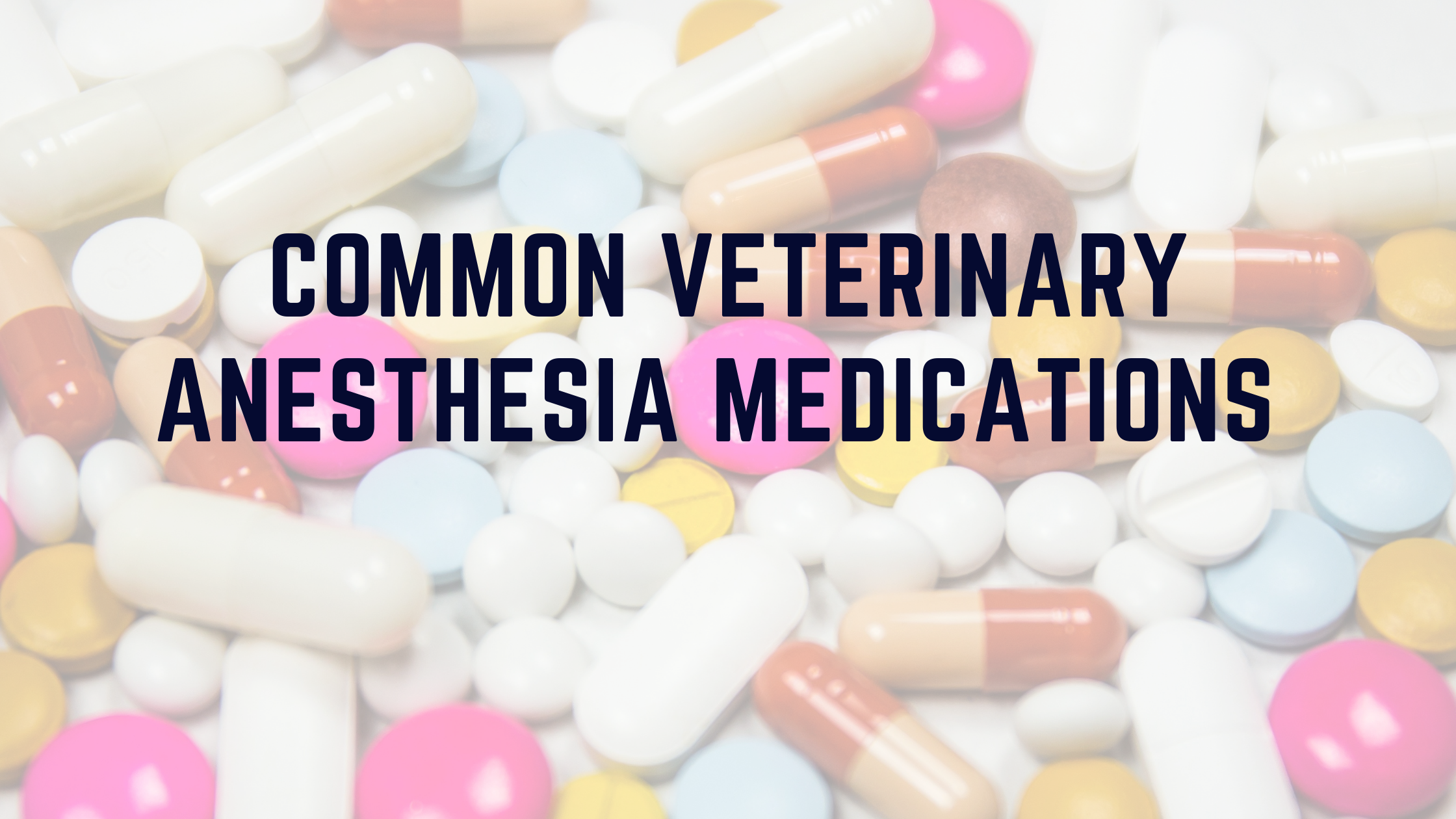Veterinary Cannabis & Legalities

DISCLAIMER: Veterinary cannabis is still a very fresh and constantly changing/developing aspect of veterinary medicine. If you ever have questions/concerns, or want to discuss the potential of adding CBD/cannabis to your pet’s medicine protocol and/or treatment plan we always stress to have an open and honest dialog with your veterinarian/specialist! We do not support nor condone veterinary cannabis but simply answering a question that a “President” Bifford supporter e-mailed us earlier in the week. We remove all responsibility for any effects (both positive & negative) that your pet may endure by trying veterinary cannabis!
Cannabis has important interactions with pharmaceutical drugs! If not managed carefully and properly, those interactions have the potential to be dangerous! Working together YOU and YOUR veterinarian can ensure that all medications & supplements work synergistically to reduce side effects and improve overall outcome while meeting your goals for your pet.
Your veterinarian should recommend periodic examination and laboratory evaluation (of both blood & urine) of your pet to ensure that all aspects of the treatment plan are supporting the positive goals that you and your veterinarian have established. We STRESS to have diagnostics accomplished PRIOR to starting veterinary cannabis as CBD has been noted to increase some liver enzymes, and at this time we do not know the significance of these changes. Regular monitoring and diagnostics are also an important part of caring for your pet!
Be aware that the “trial & error” period can take time and may need periodic changes and re-evaluation.
- As veterinarians, they are NOT authorized to prescribe any Schedule 1 drugs — including marijuana (products that contain more than 0.3% THC) or other types of cannabis. Since the DEA authorized cannabis as a scheduled 1 drug NO veterinarian can prescribe these products. Pet parents nee to choose a quality product and MUST have accurate information about the amount of THC and other cannabinoids it contains.
- With the passage of the 2018 Farm Bill, there is a clear distinction between marijuana (containing >0.3% THC) and hemp (containing <0.3% THC) types of cannabis & veterinarians may have more flexibility when working with hemp-based products. However, there still remain state-specific and even clinic-specific restrictions that the veterinary health care team and you as the pet parent must navigate together.
- Cannabis products derived from either hemp or marijuana (in certain states) may be legally obtained by a pet parent in accordance with their state and local laws.
- Once purchased, a cannabis product may be administered to an animal by a pet parent — that is YOUR right to decide as your pet’s guardian.
- Once you, as the pet parent, have decided to investigate the use of cannabis in your pet, you can then start the conversation with your veterinary health care team to seek guidance and education on product safety as well as administration and monitoring plans.
Starting The Conversation
- Make sure to mention the use of cannabis products when asked about your pet’s medical history and/or supplements. This may be something that you mention to the receptionist when first making the appointment or to the staff when checking in. Knowing if cannabis is being used at home helps the veterinarian make important decisions about other medications, supplements & treatment plans.
- Ask to work with a veterinarian/veterinary health care team that is “cannabis-knowledgeable”. Not every veterinarian is trained in cannabis topics or is comfortable providing guidance about the use of cannabis in your pet. To make sure that you’re working with the right veterinarian — just ask!
- If you already started your pet on a cannabis product prior to your clinic appointment, keep a journal that tracks trends such as appetite, sleep habits & energy levels. This journal can be extremely useful in identifying subtle trends, both positive & negative, associated with the use of cannabis in your pet.
What To Bring To The Appointment
- The cannabis product with as much original packaging as possible! The package label can provide essential information about product source and manufacturing, active & inactive ingredients and concentration or strength of the product. Since cannabis laws vary from state to state, make sure to ask your veterinary clinic if you should bring pictures of the packaging instead of the ACTUAL packaging material!
- A list of ALL medications & supplements currently being administered to your pet. The list should include all herbal supplements, over-the-counter medications and any special diets. DON’T FORGET about flea/tick & heartworm prevention!
- A list of goals for cannabis use. Take some time prior to the appointment to think about why you want to utilize cannabis in your pet- what are your short and long term goals for your pet that you hope to accomplish using cannabis?
- Journal — consider bringing pictures and/or videos in addition to your written journal to help explain symptoms observed at home that may not be evident during the appointment.
Want more information on this subject? Visit www.cannabismd.com




